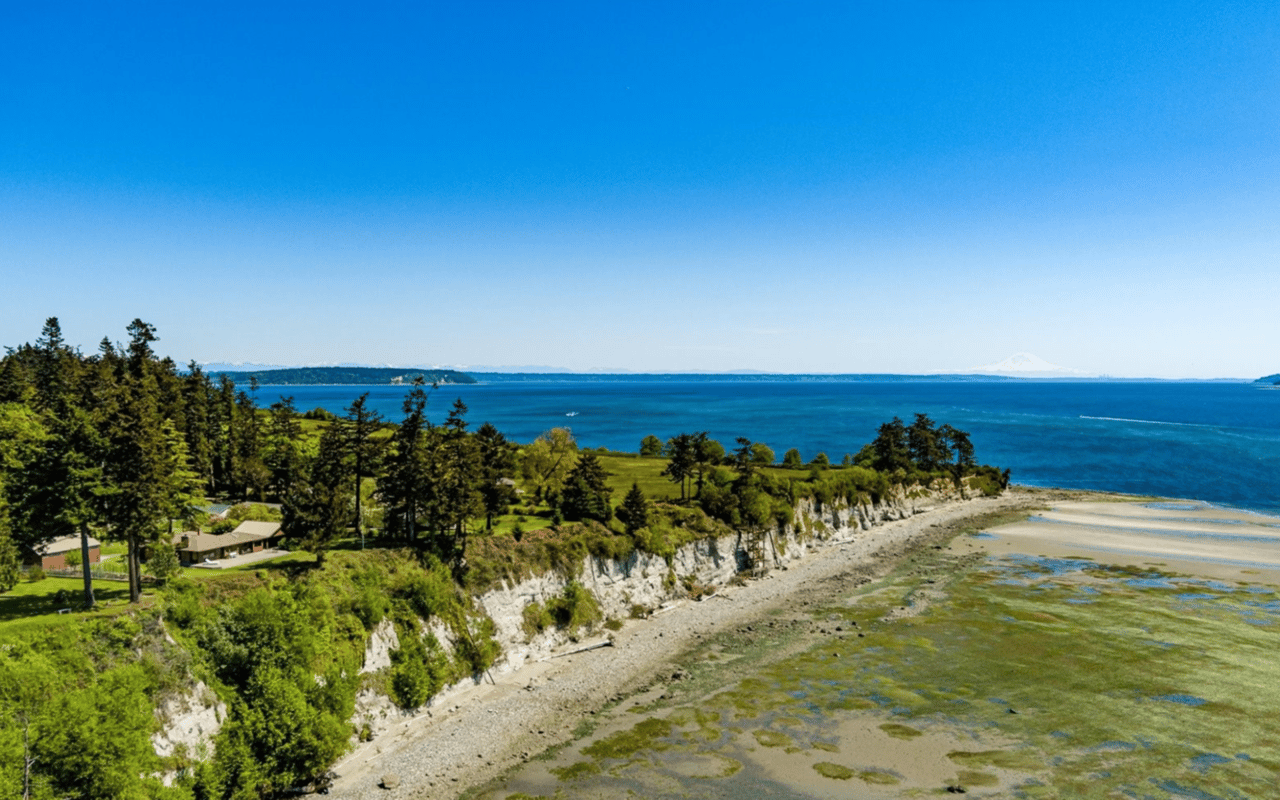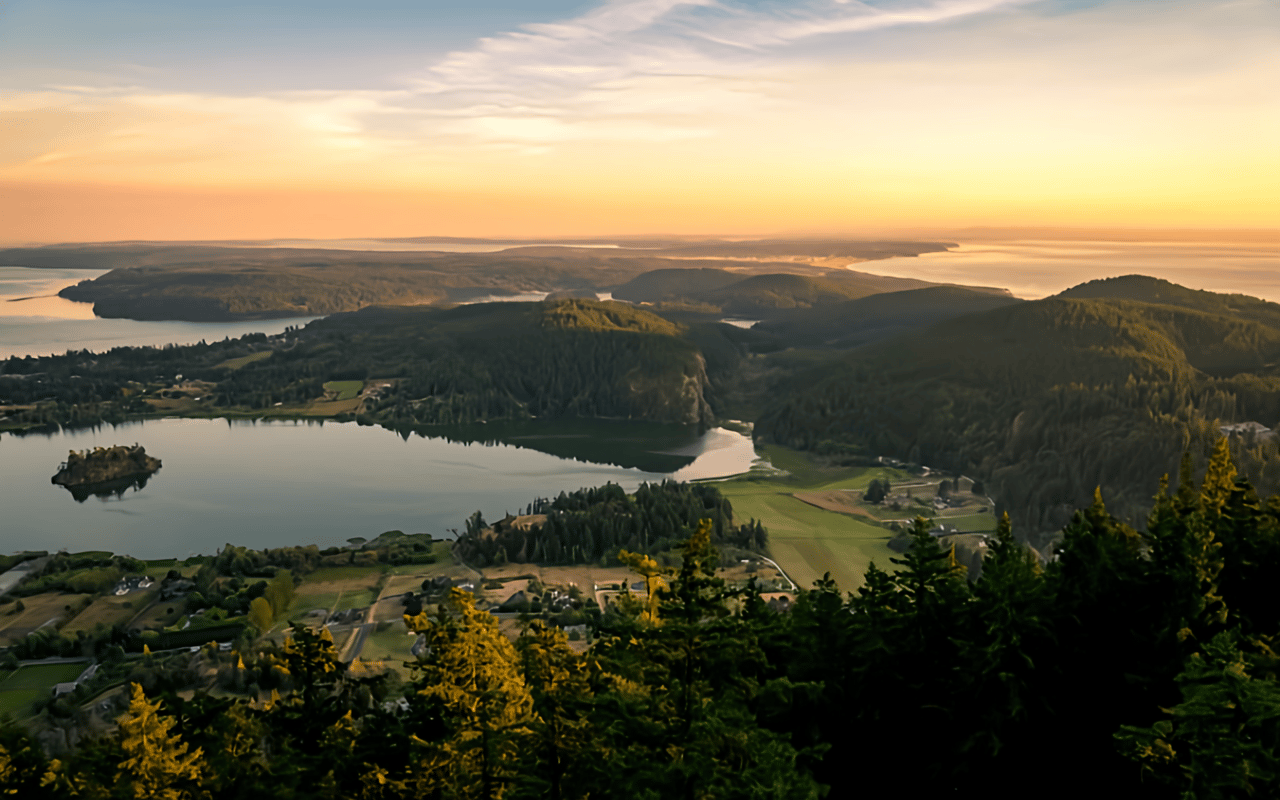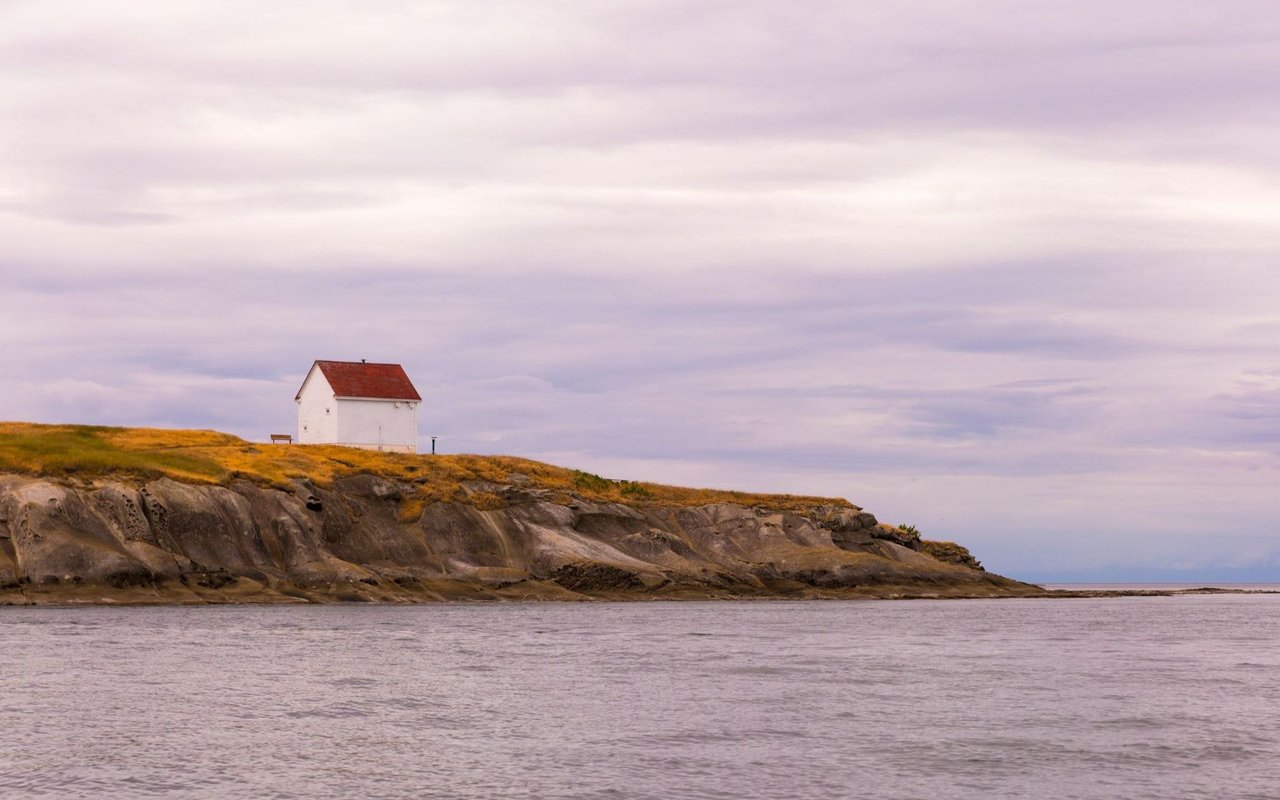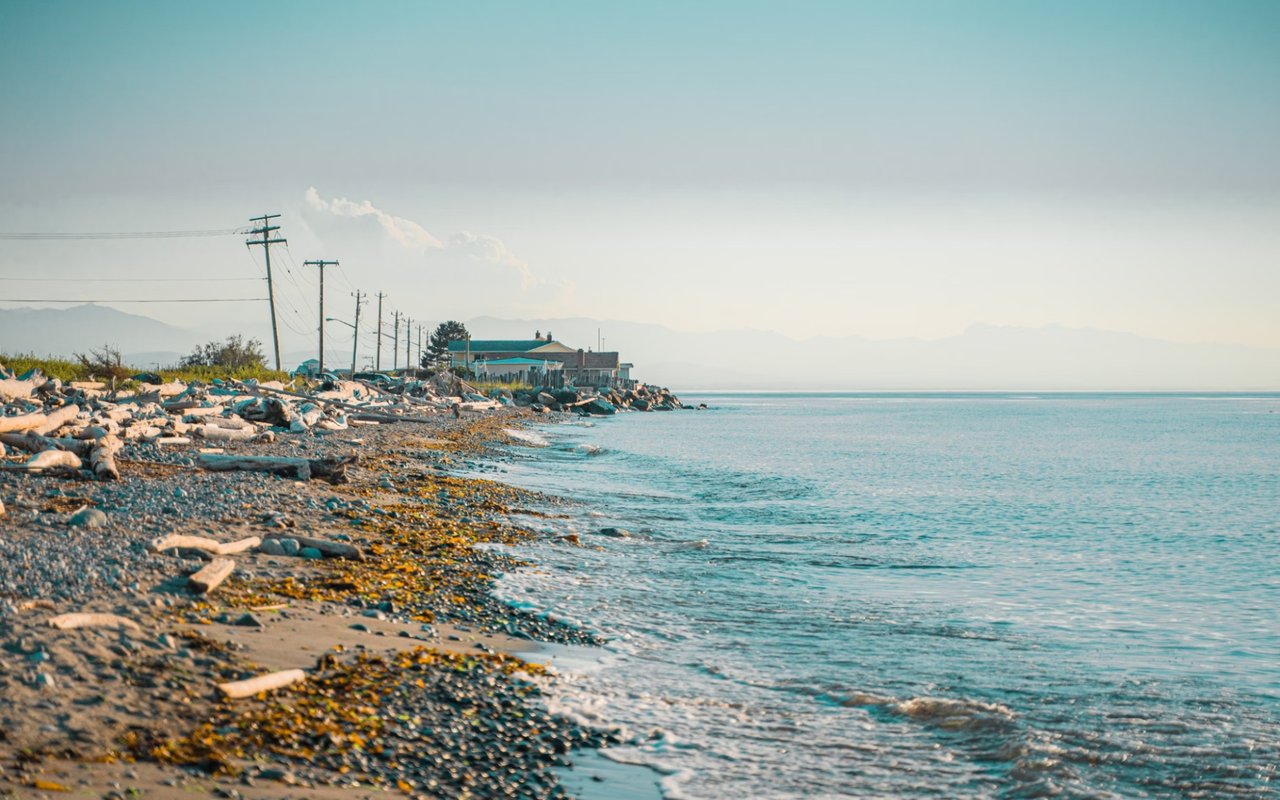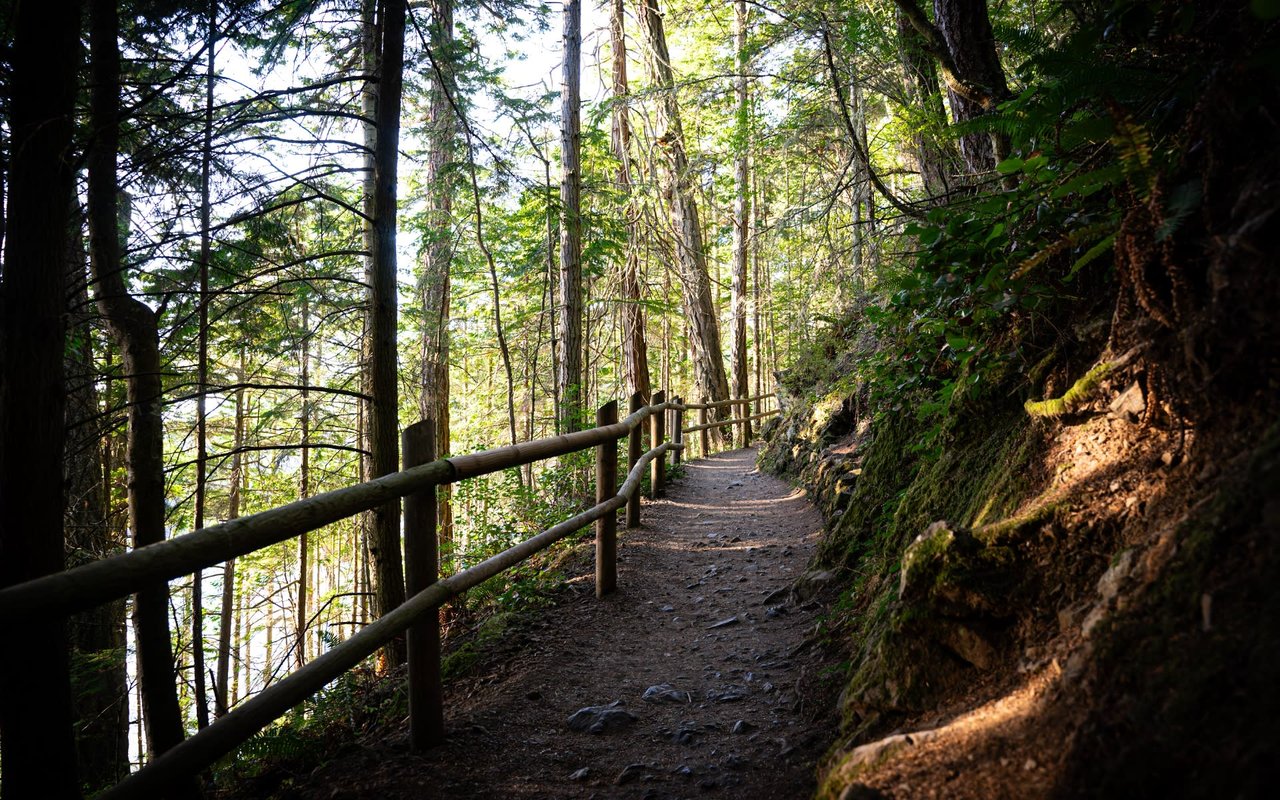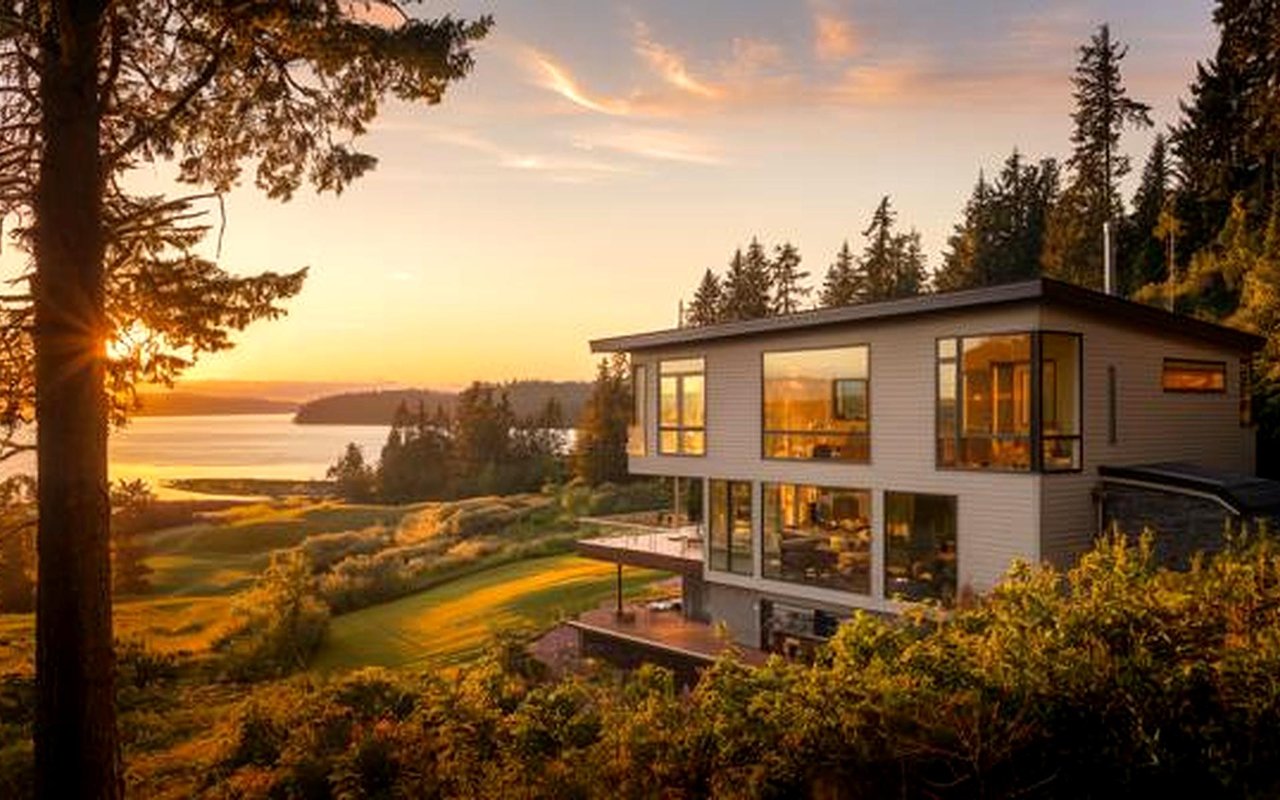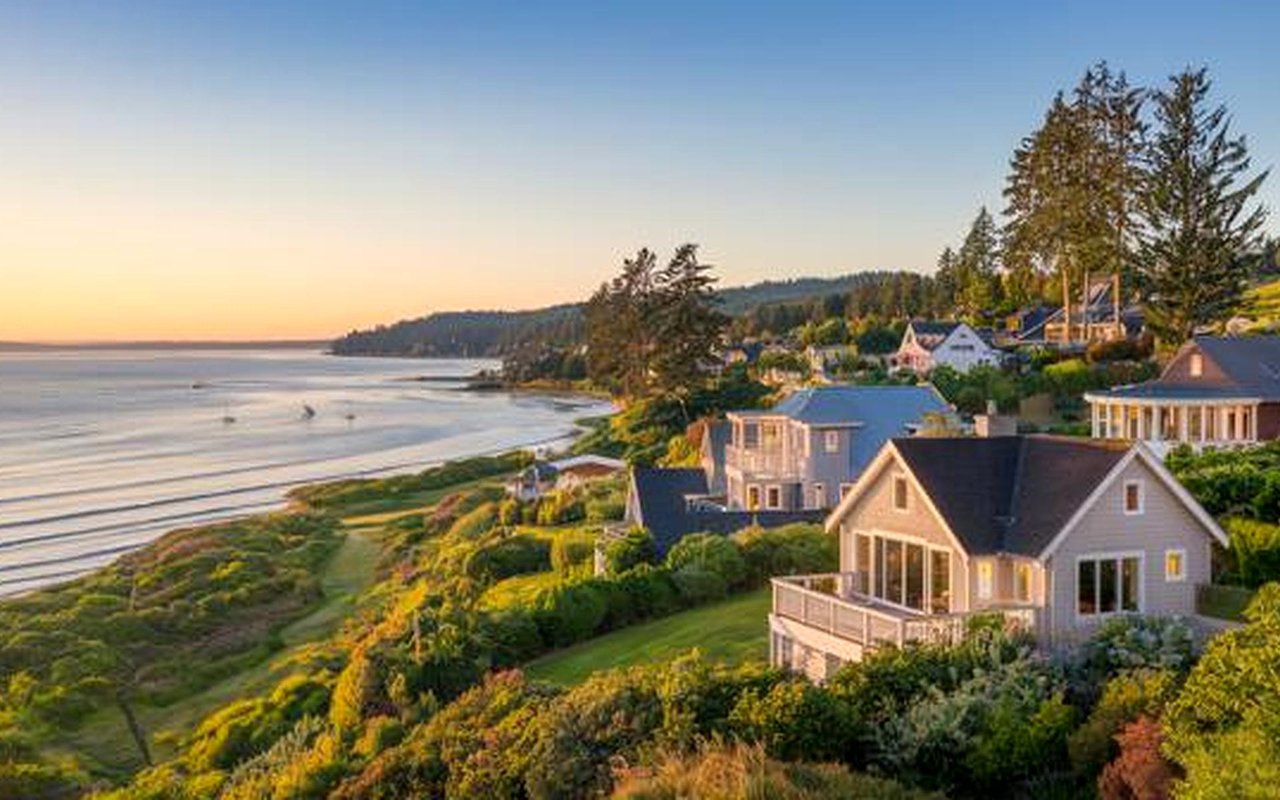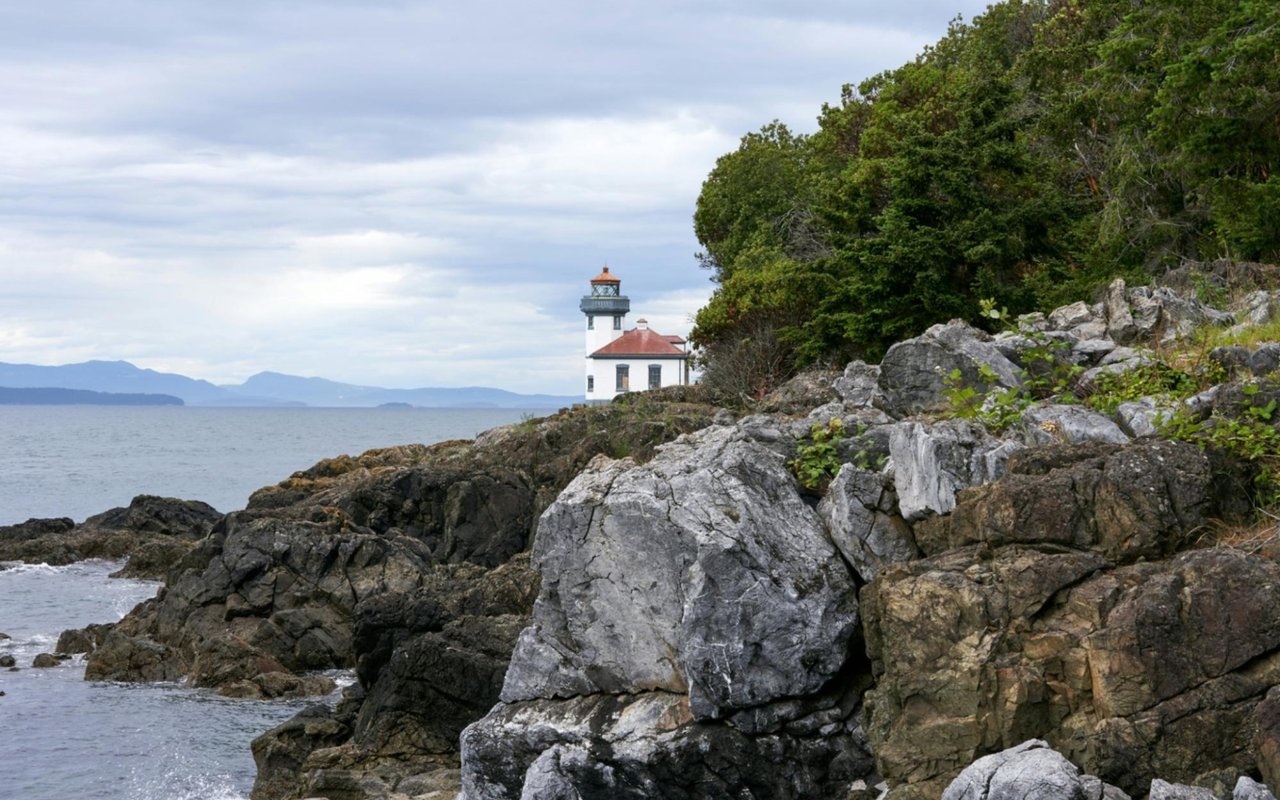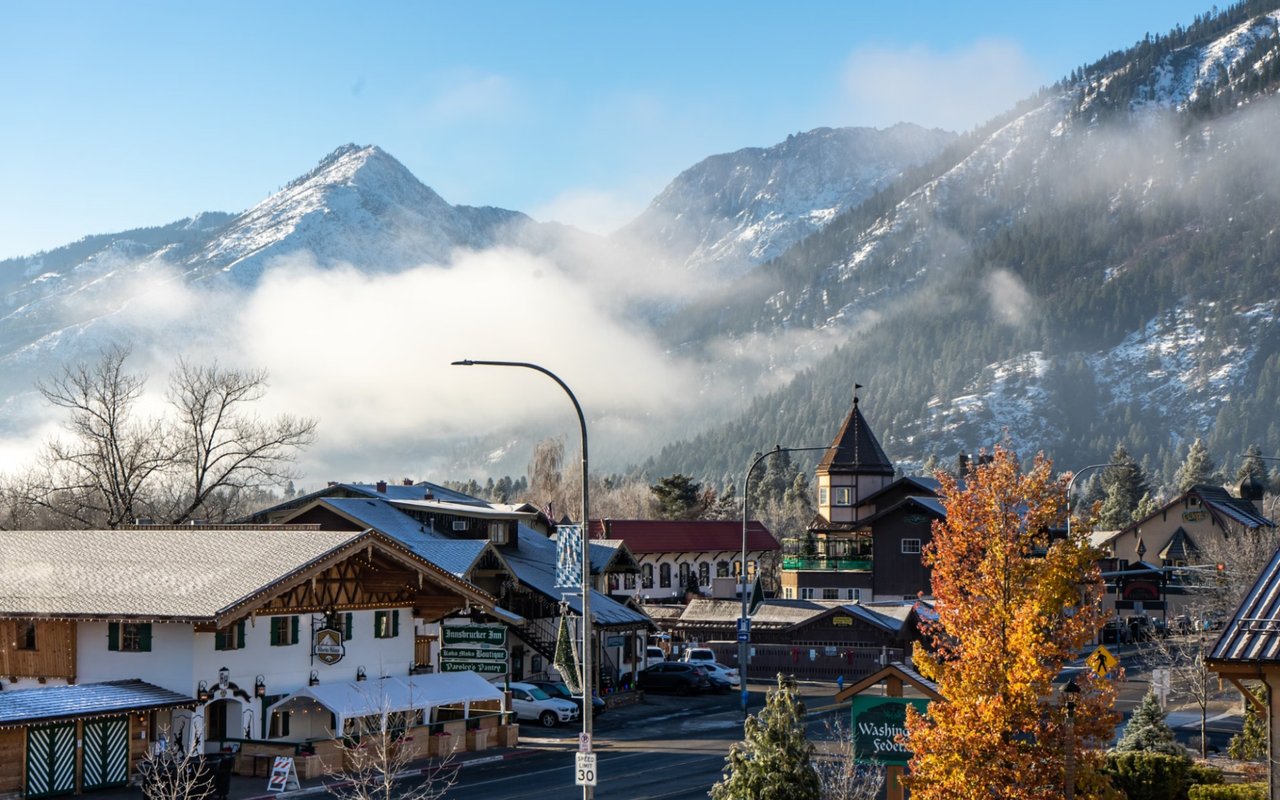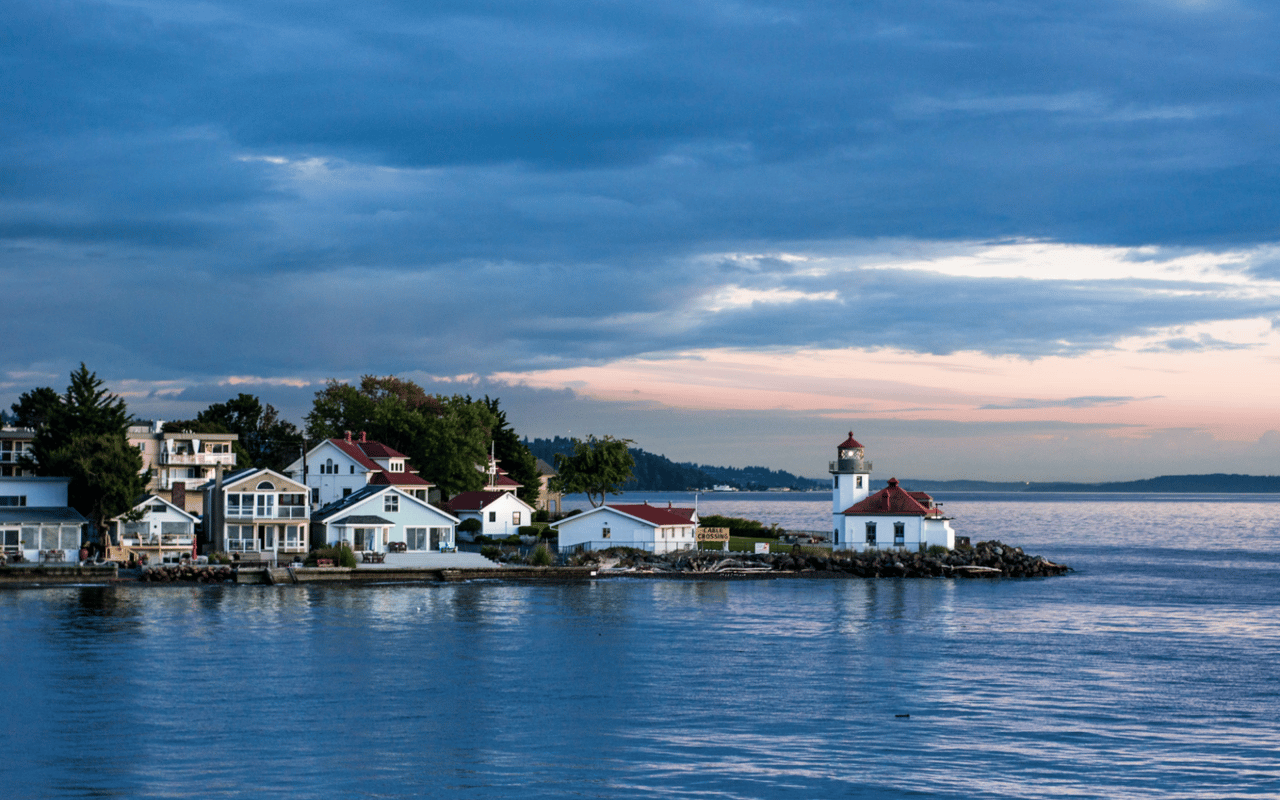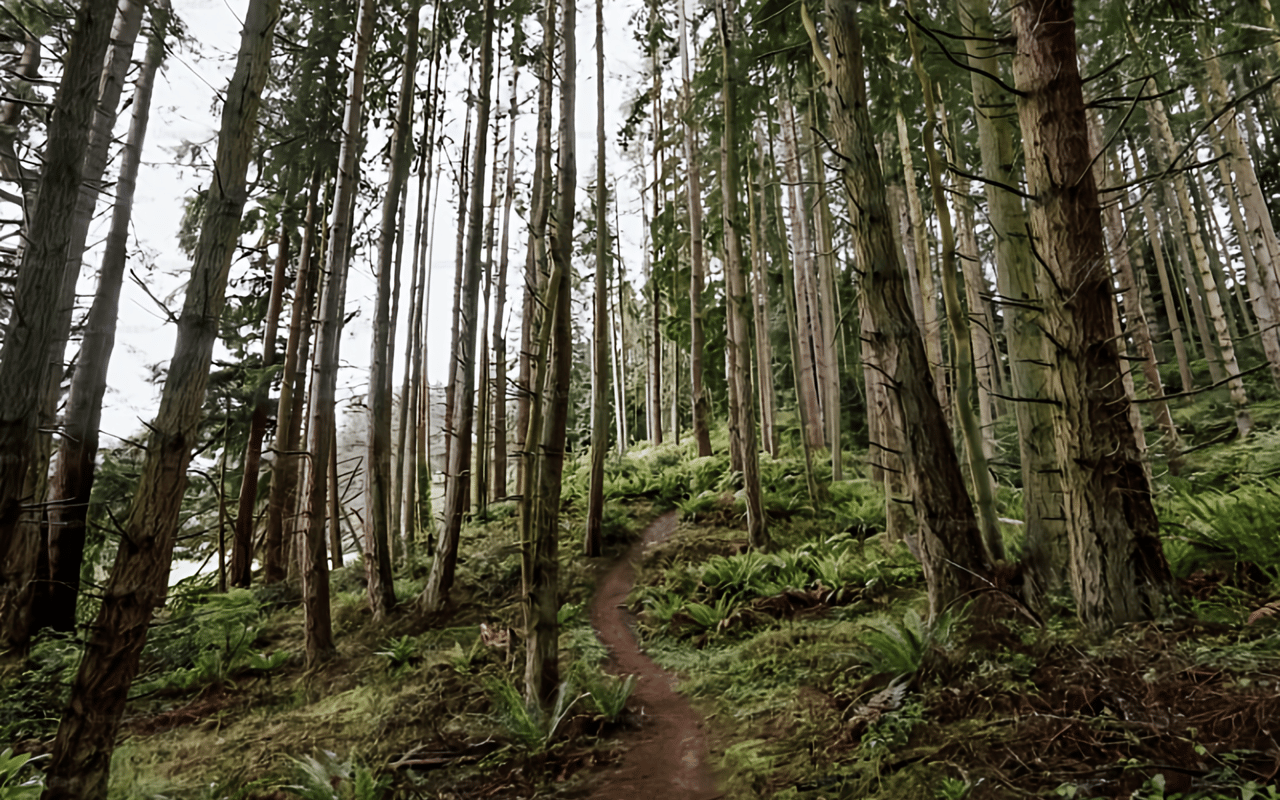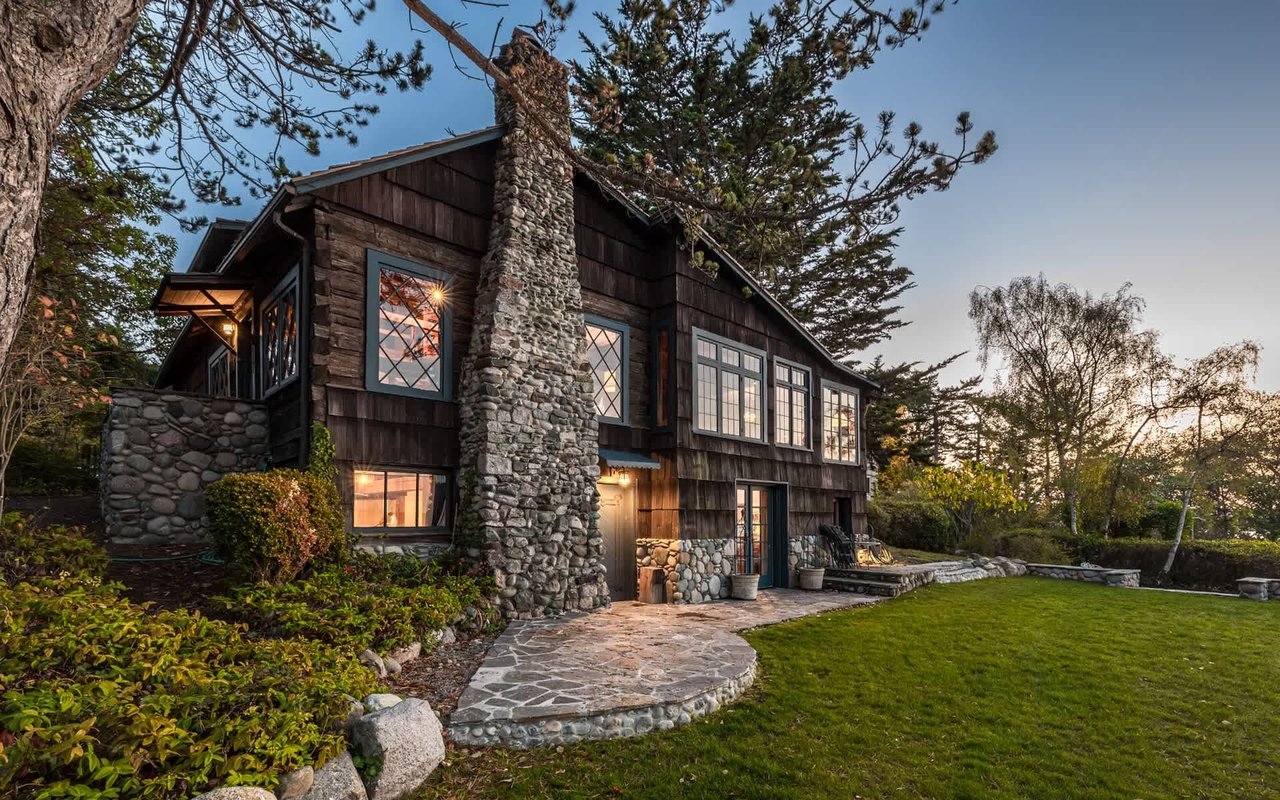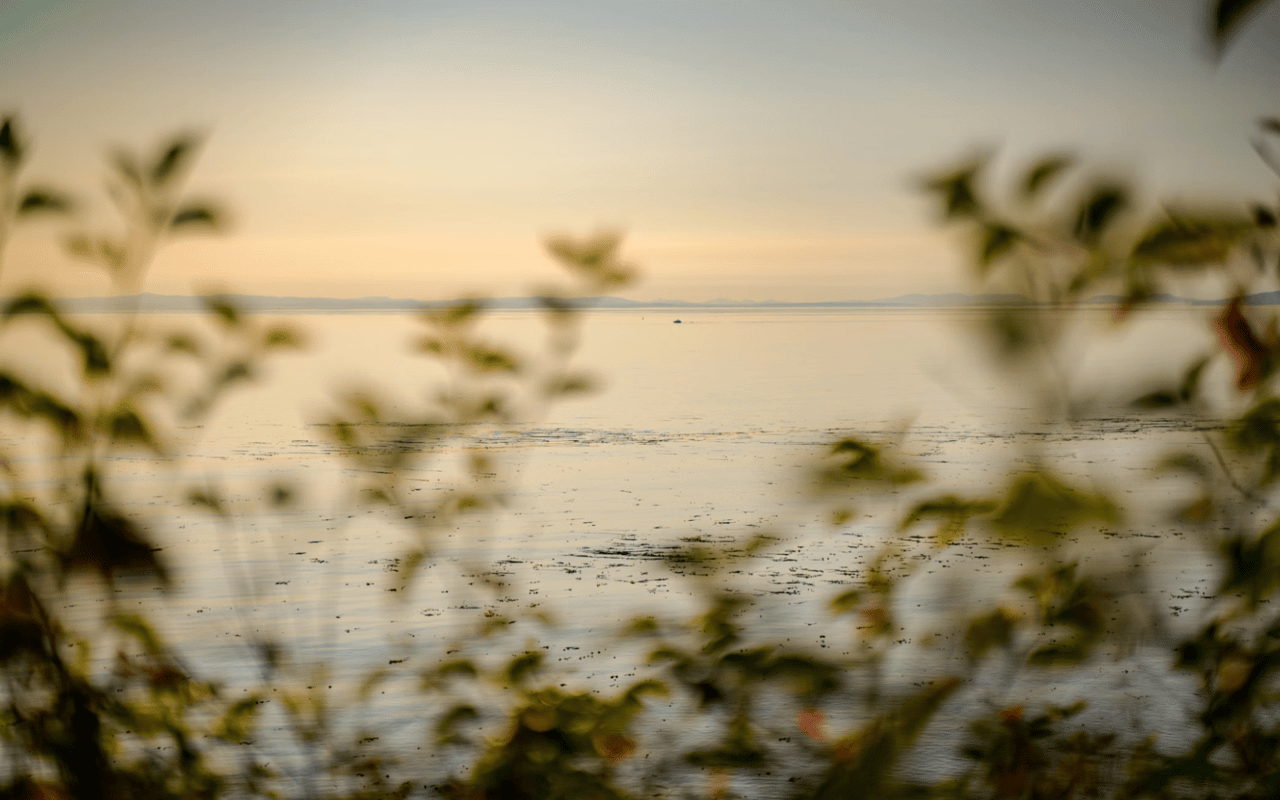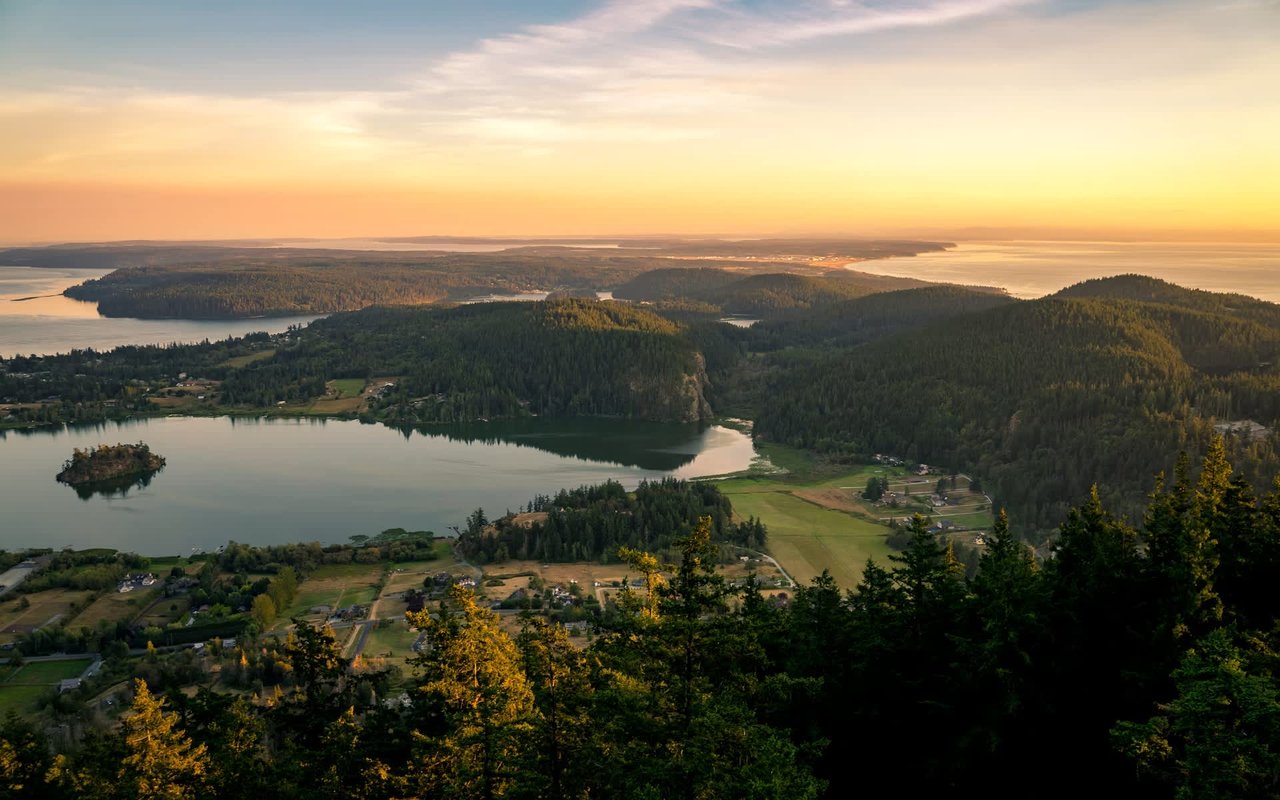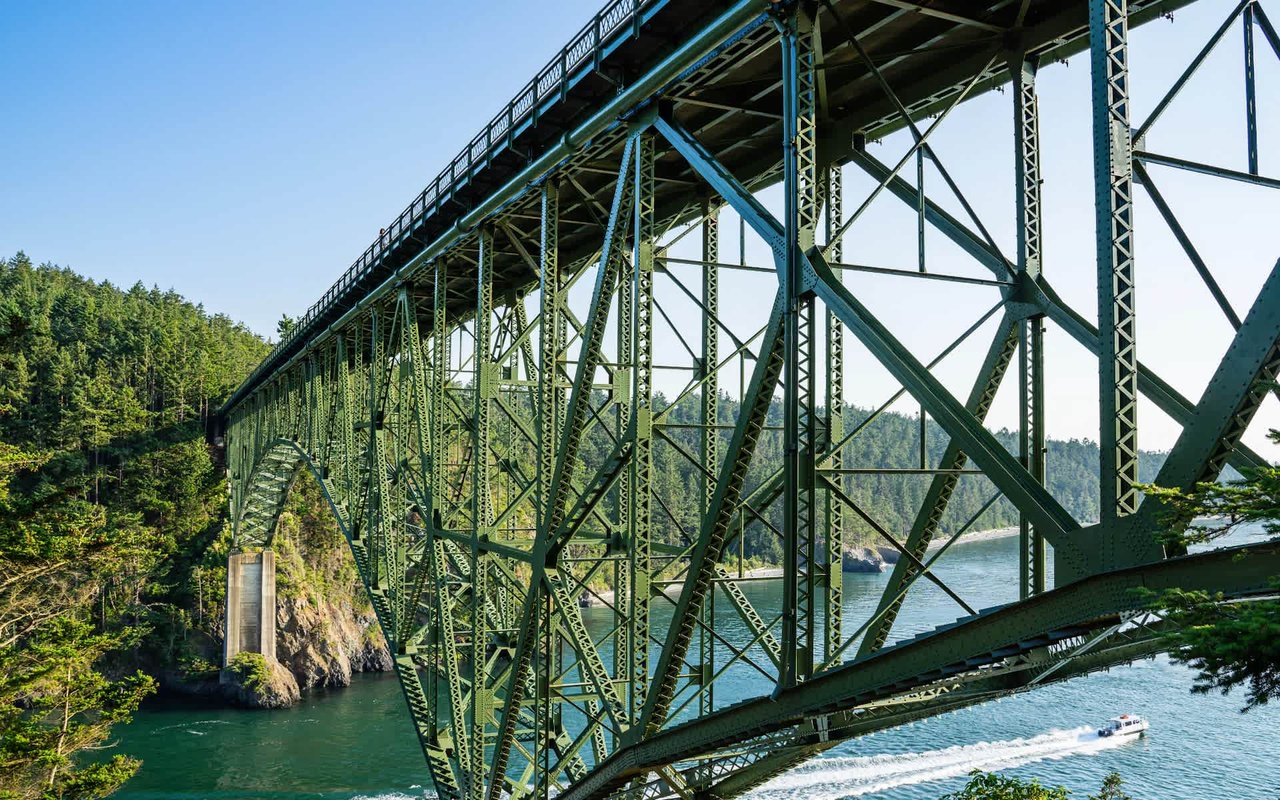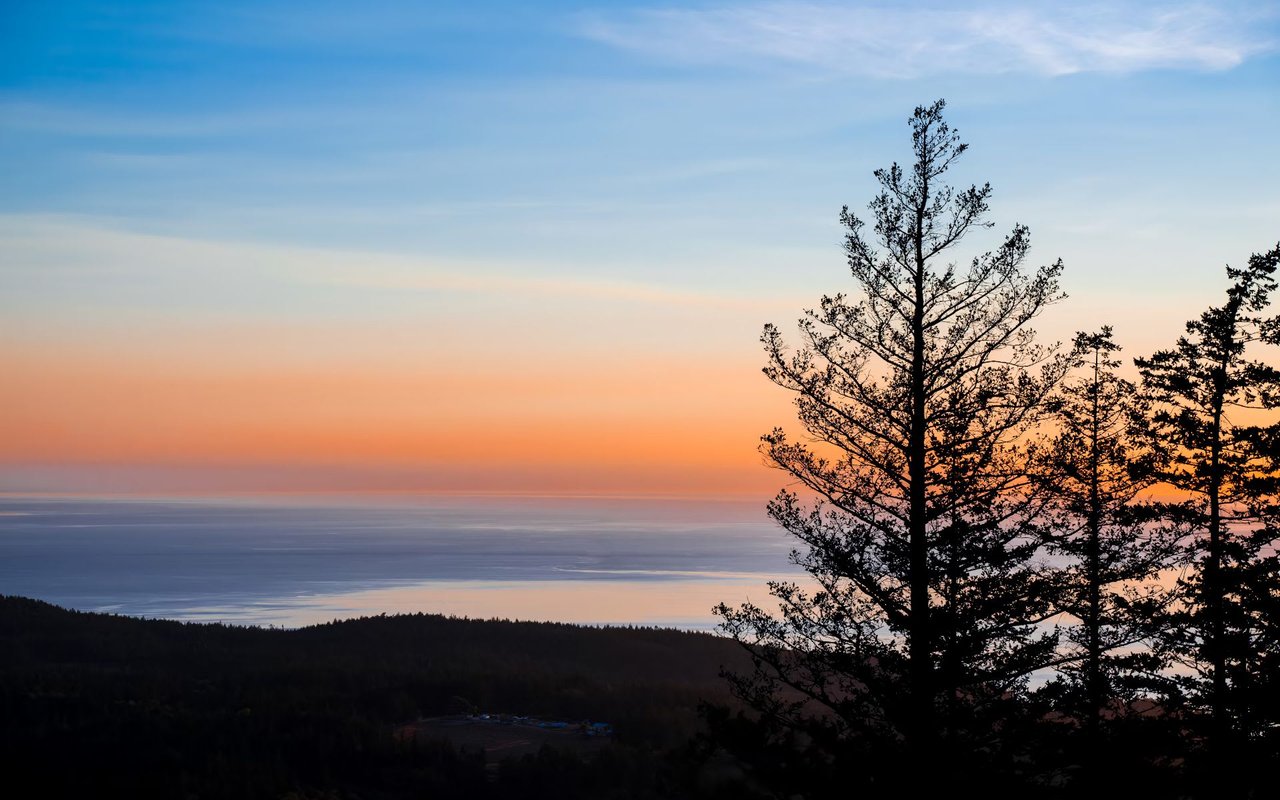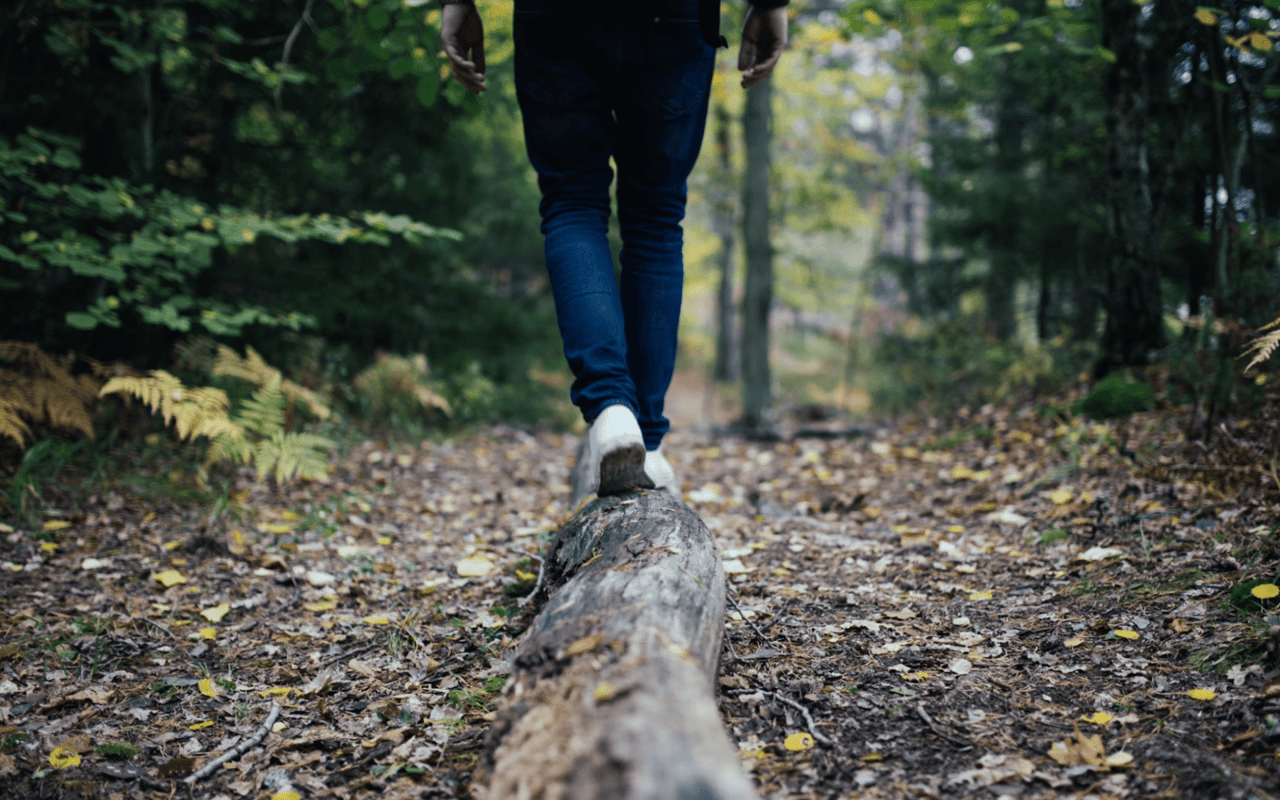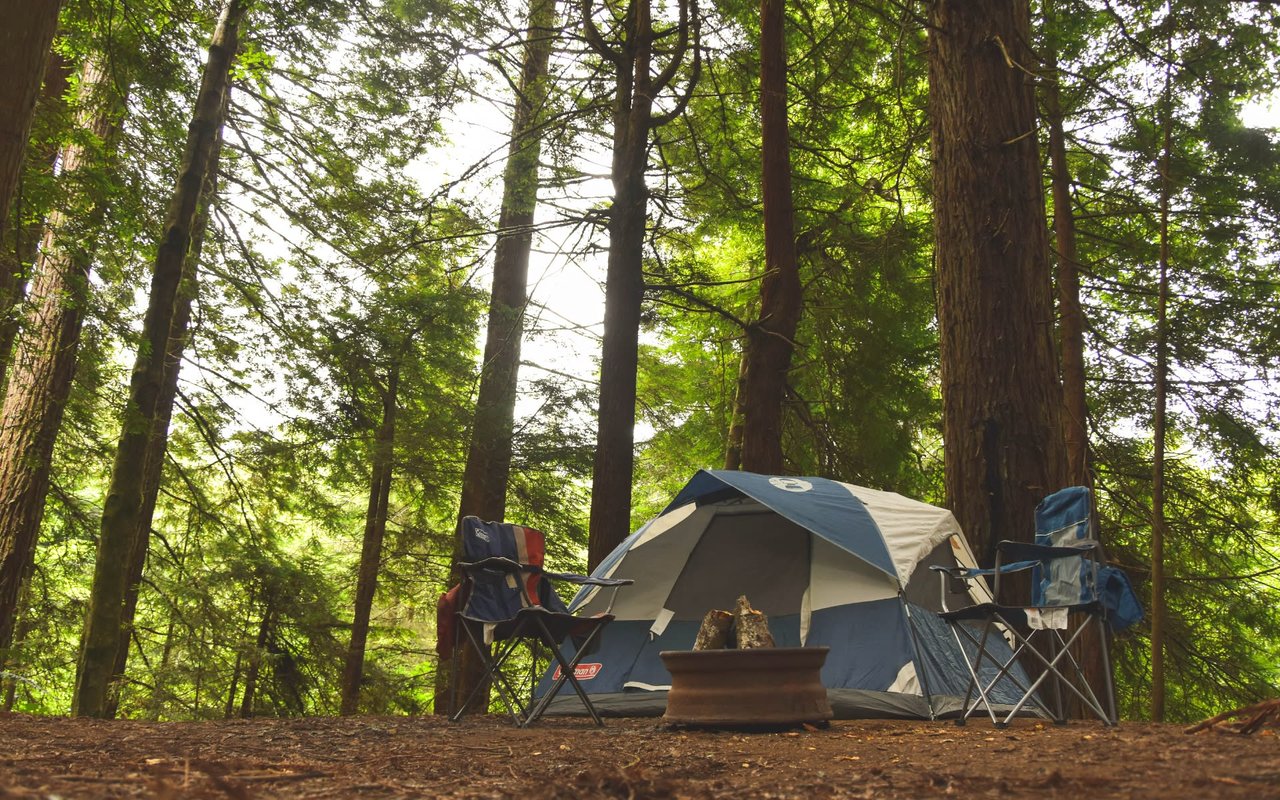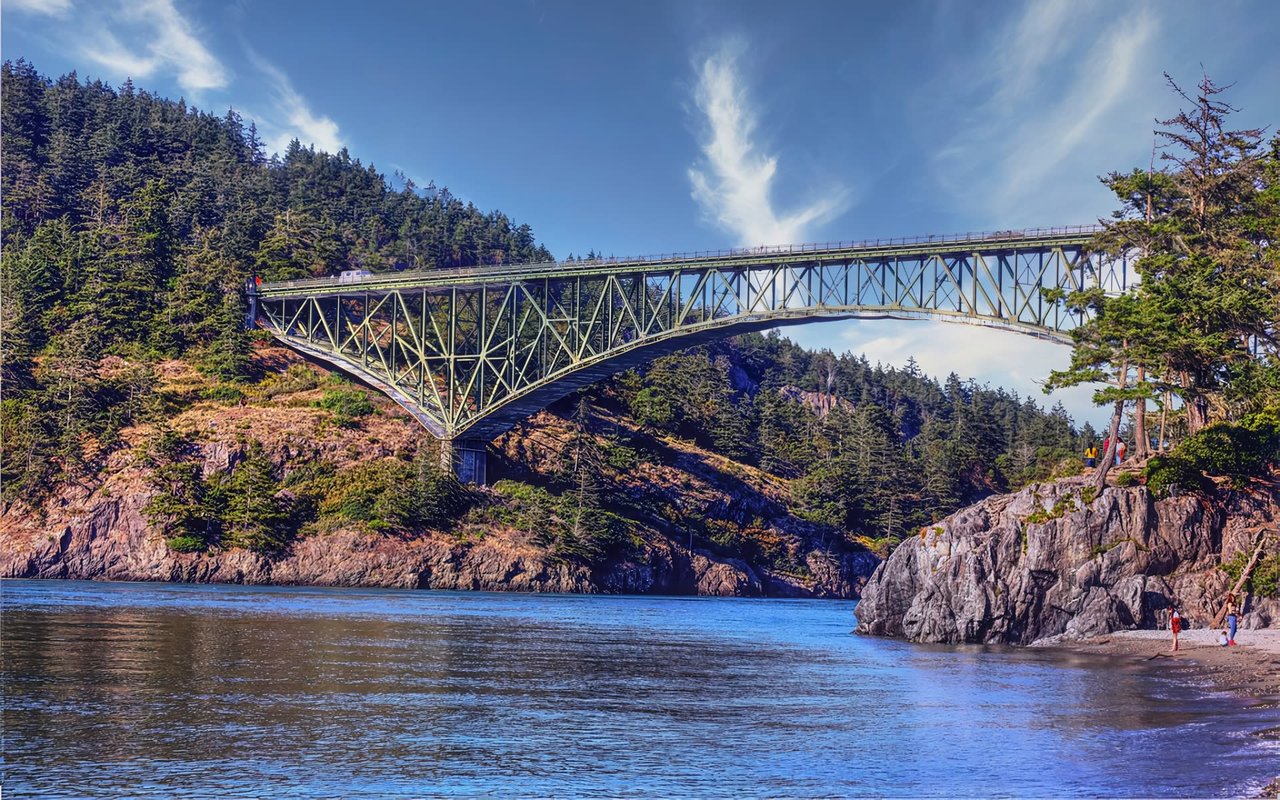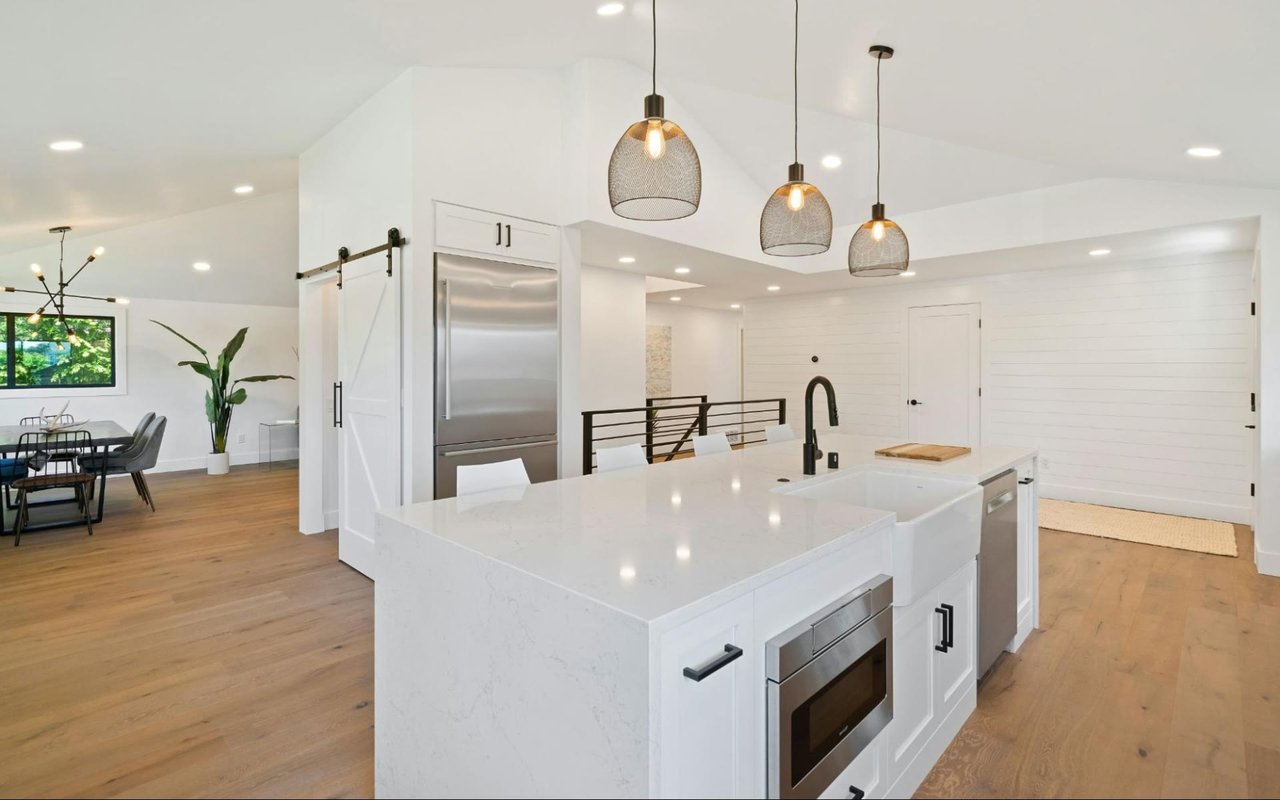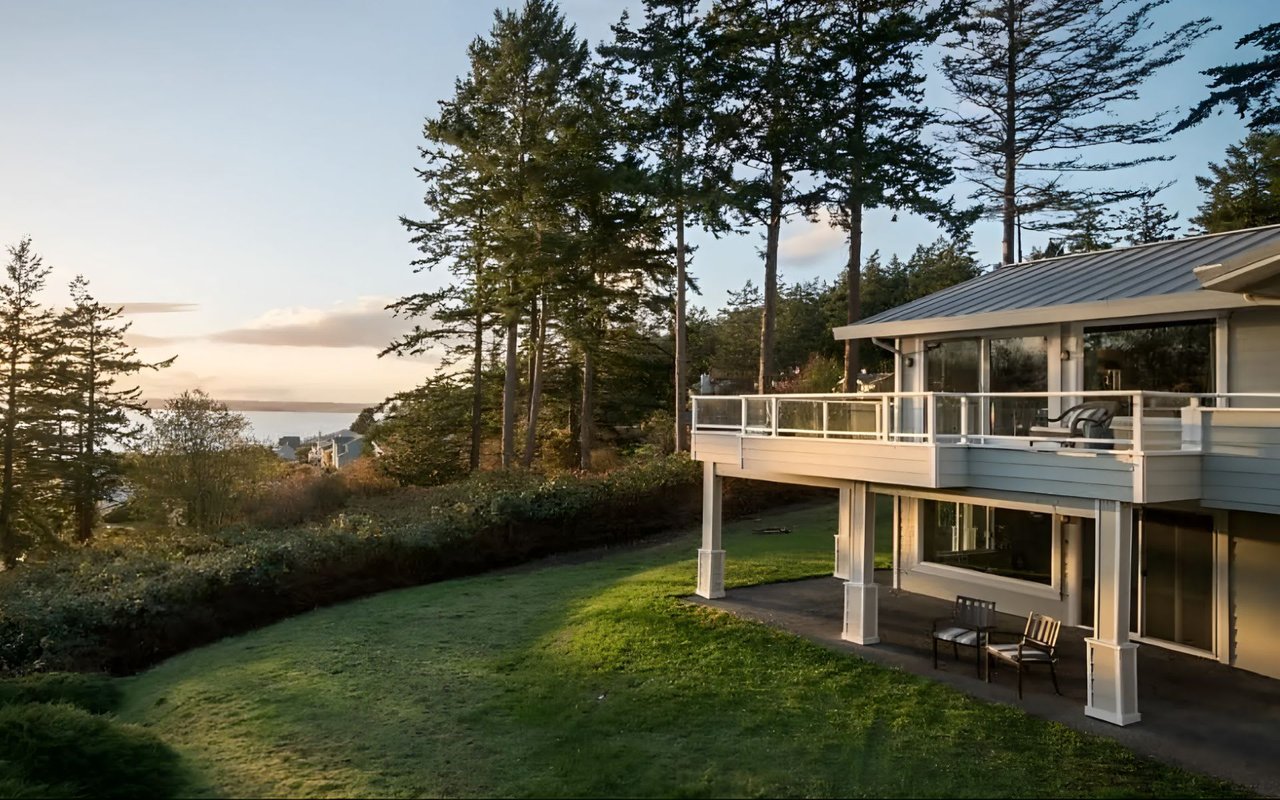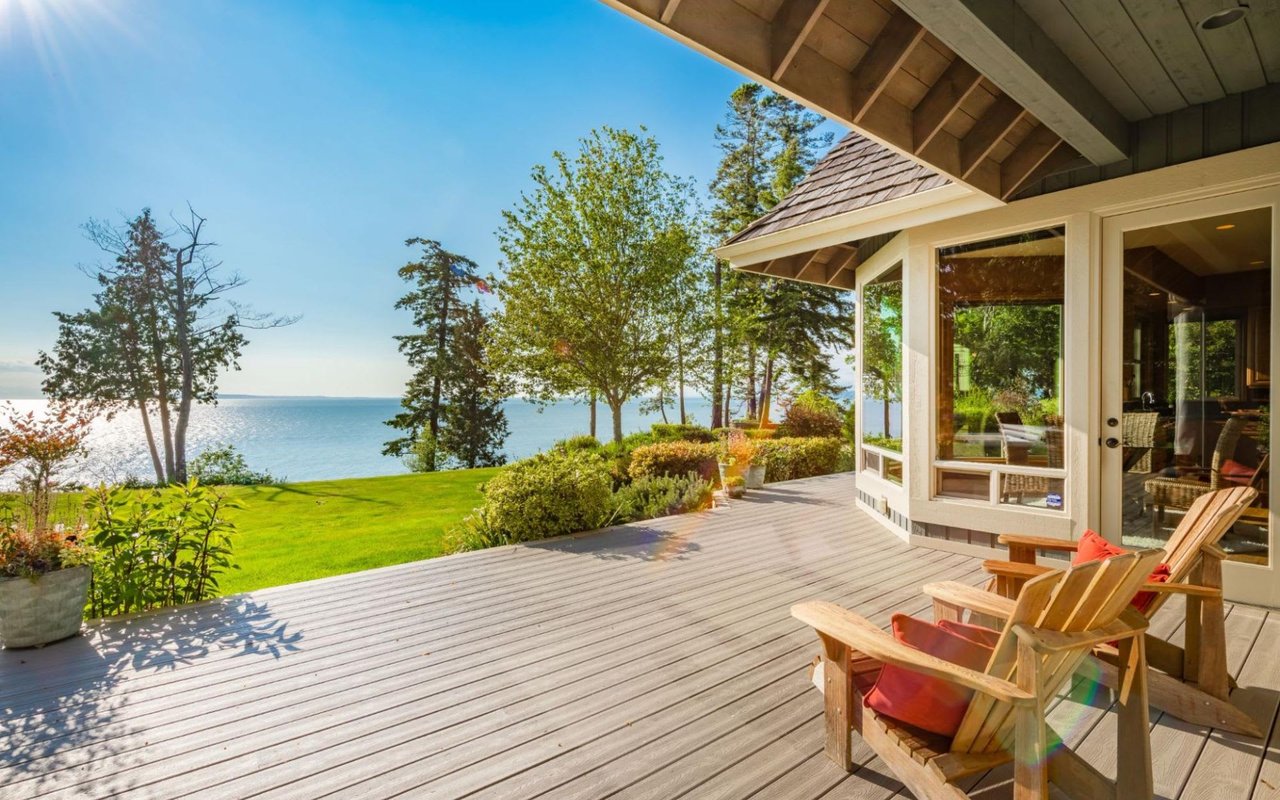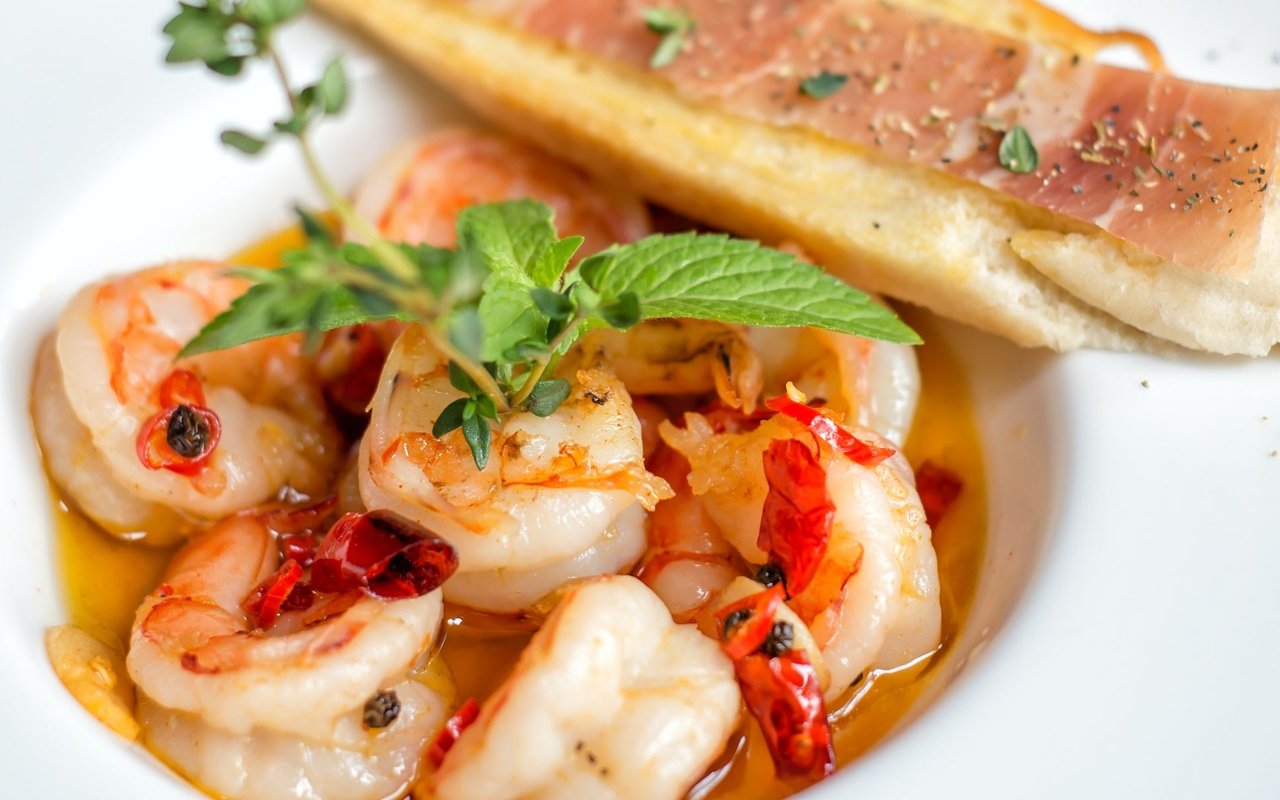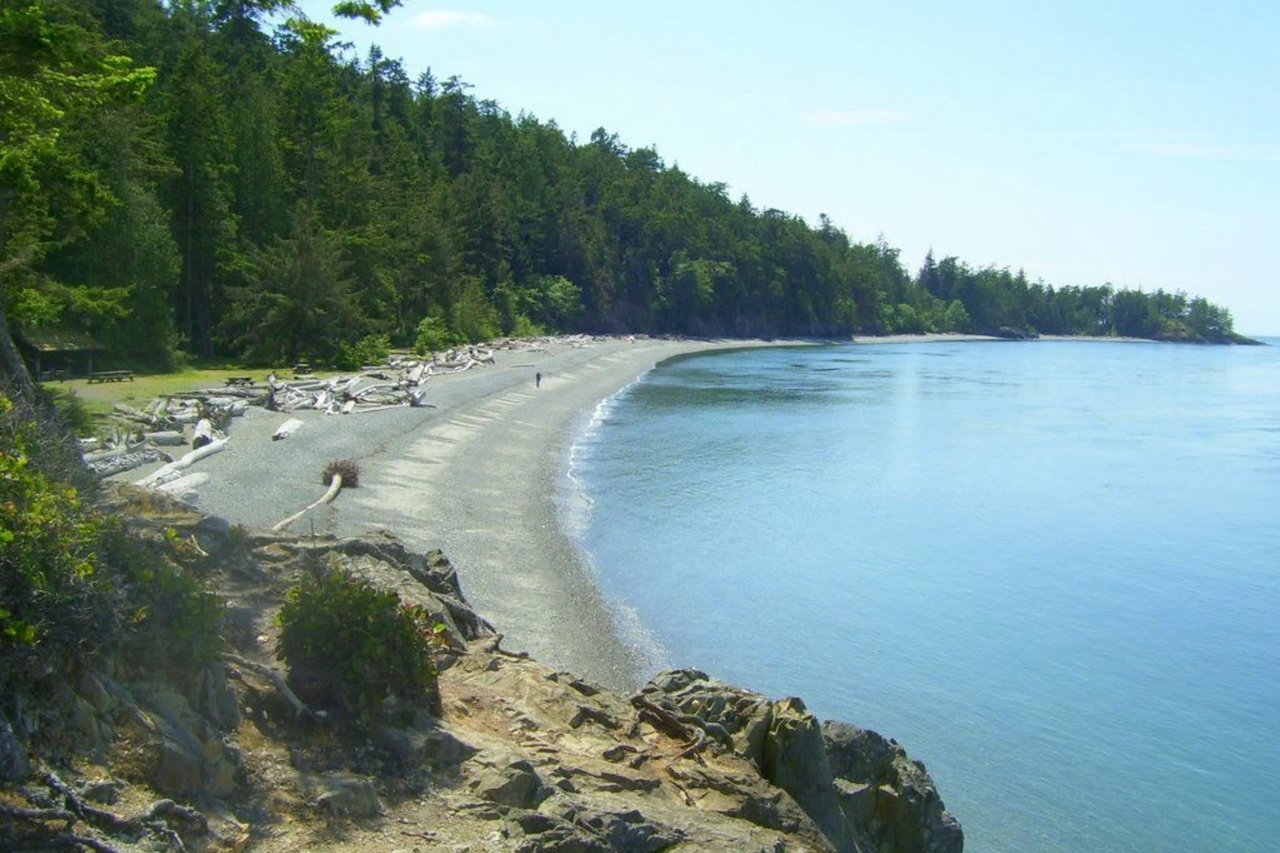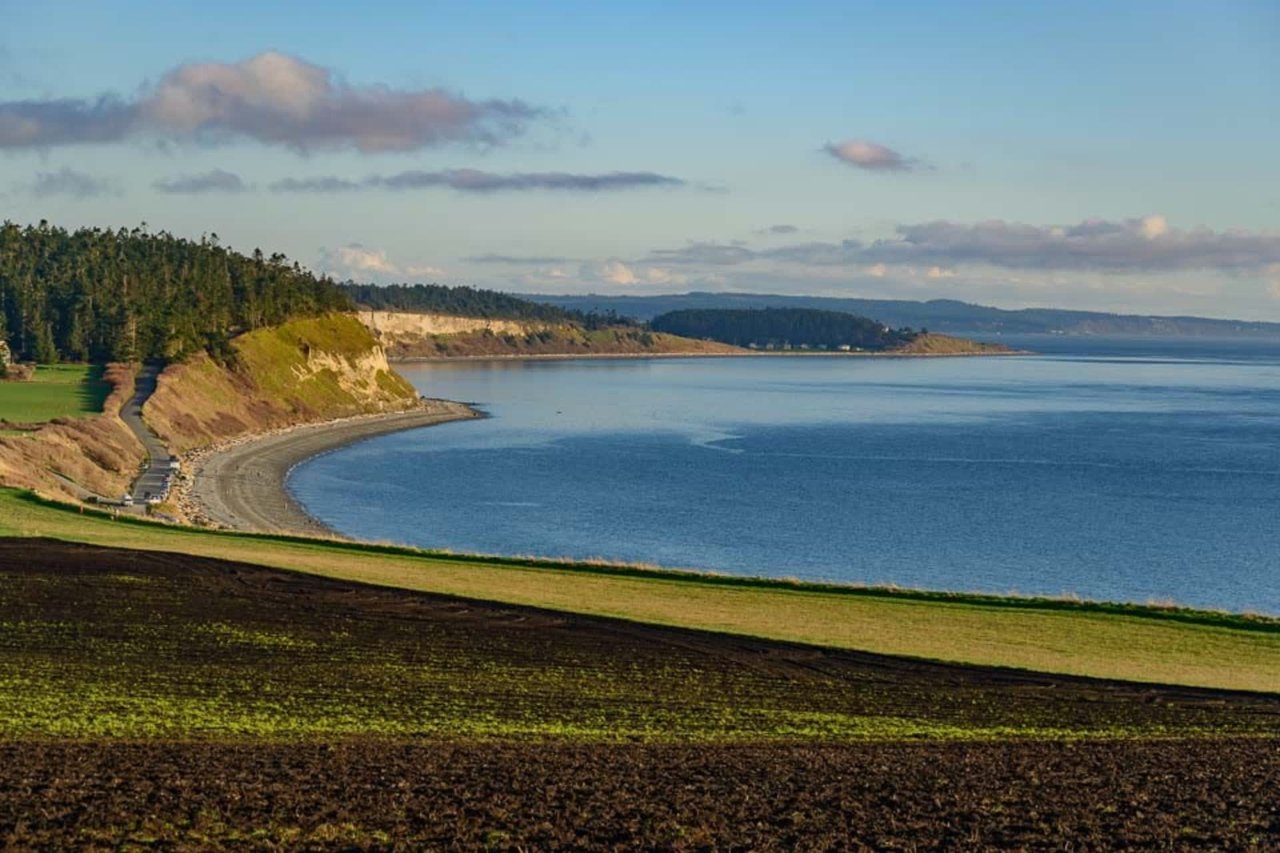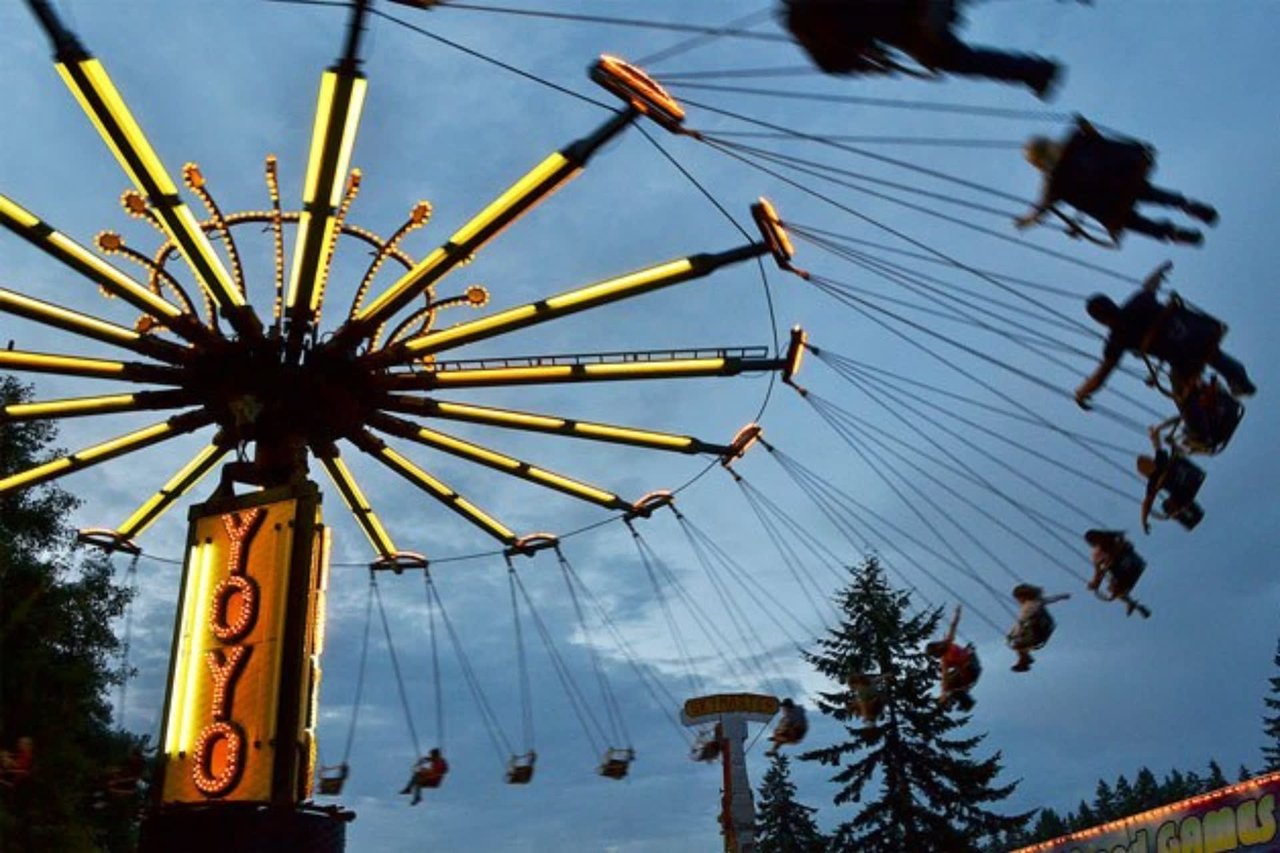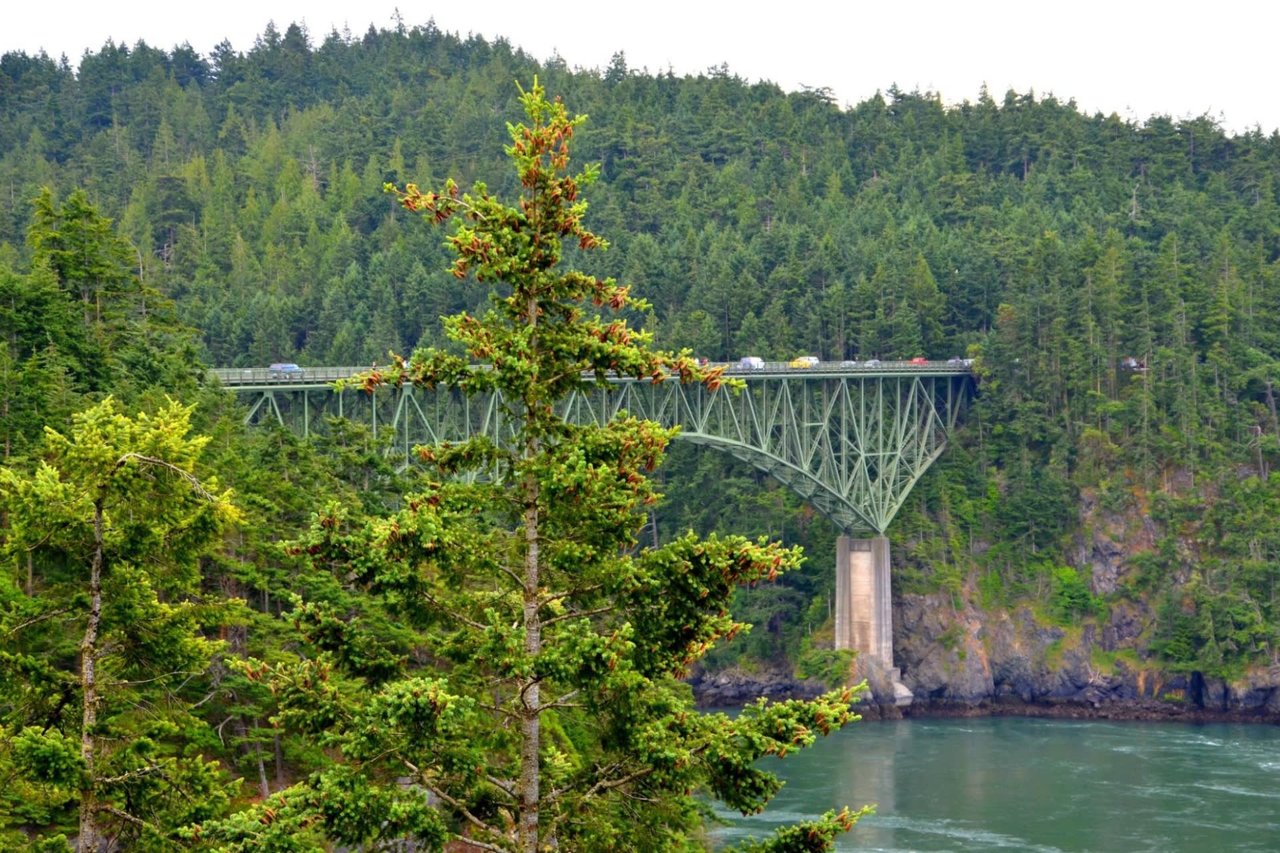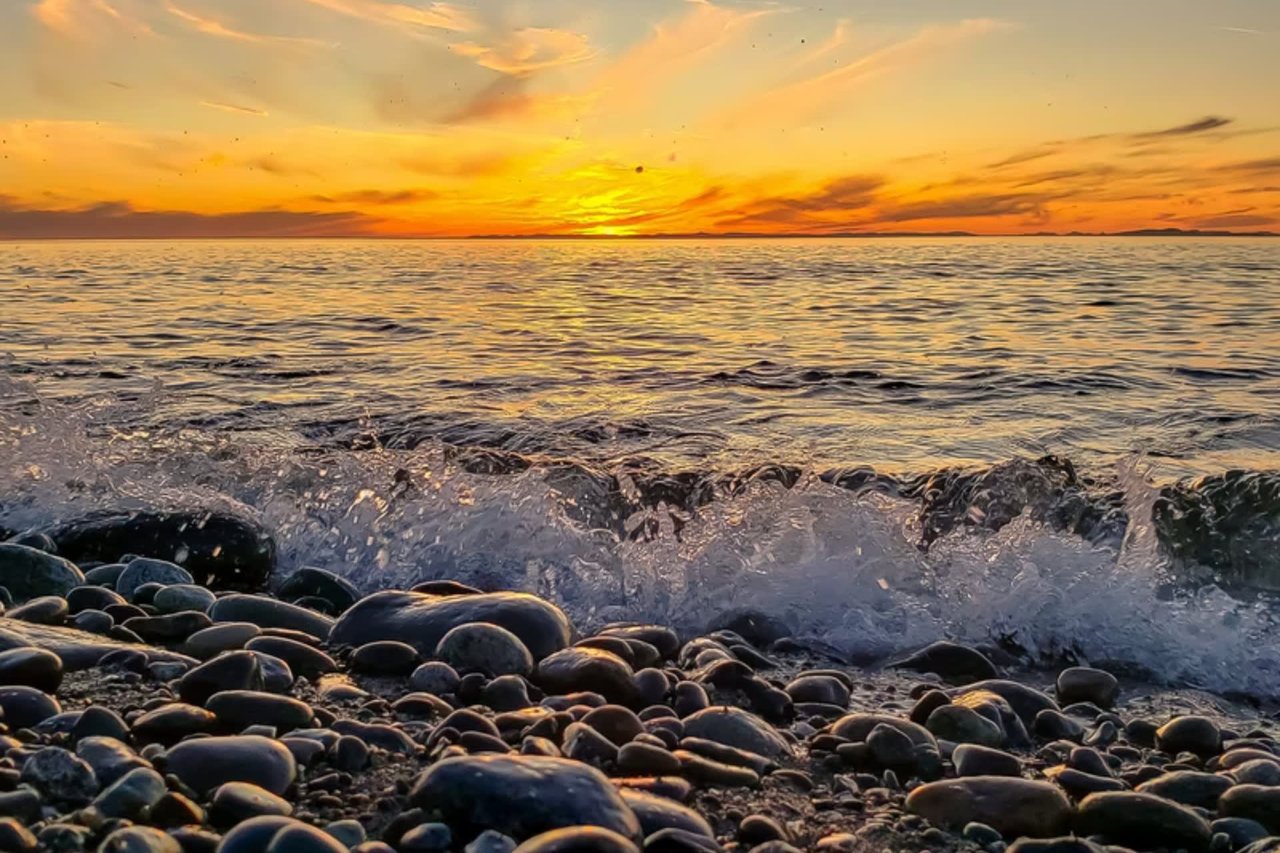Ebey’s Landing National Historical Reserve
Ebey's Landing National Historical Reserve is one of the largest historic districts in the US and provides a significant glimpse into the complex history of the Pacific Northwest. The first expedition of Puget Sound by George Vancouver occurred here in 1792, followed by an early settlement by Colonel Isaac Ebey in 1850. Colonel Ebey filed a claim under the Donation Land Claim Act, continuing the settlement and expansion of the town of Coupeville. Fast forwarding to 1978, the reserve was created to conserve the rural community and its rich historical records.
The past farms, fields, roads, historic buildings, and sites weaving throughout the reserve are kept alive today by the partnership between the community and government. The majority of the reserve is privately owned, but the remainder is open for public use. There are several pedestrian trails to explore, and you’re welcome to bring your on-leash dogs. Some trails are accessible to cyclists and equestrians, and there are even designated areas for public camping.
Bird watching, boating, kayaking, diving, kite flying, whale watching, and paddleboarding are other pastimes available to visitors. Feel free to bring your boat or rent a kayak to view majestic orca whales and different marine life from the water. Take in the spectacular surroundings at the three state parks, let the waves wash over you at the public beaches, and revel in the endless gifts of Ebey’s Landing National Historical Reserve.
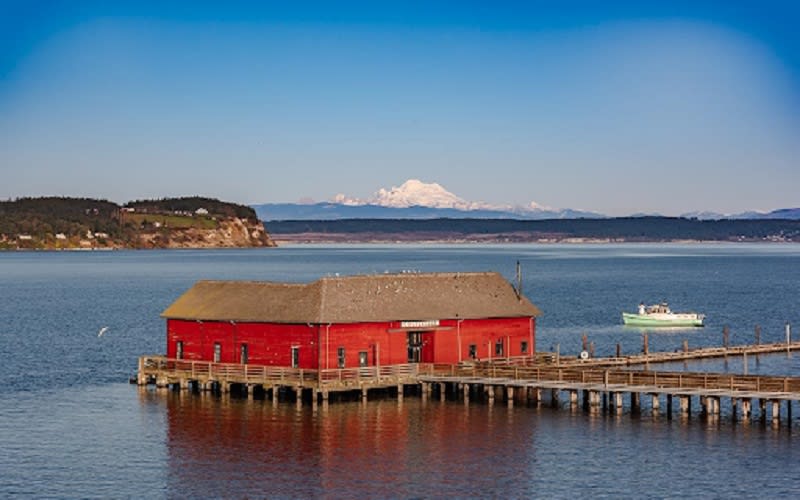
Coupeville
Captain Thomas Coupe sailed the North American Atlantic Coast from the 1830s until the early 1850s, sailing to the Puget Sound region in 1852 aboard the Success, a ship he half-owned. Coupe claimed a whopping 320-acre plot of Whidbey Island, which is home to modern-day Coupeville. He built his home there in 1854, and the town was named after him. Coupeville began to take shape in 1881, as various homes, shops, and churches were established. Modern-day Coupeville is touted for its excellent waterfront and wharf.
The Coupeville Wharf is a must-visit for boating enthusiasts and tourists. The harbor provides many amenities, including marine services, picnic tables, kayak rentals, a cafe, a gift shop, and showers. There are many boutiques and eateries within walking distance. Coupeville is home to many festivals, including Musselfest in March and the Coupeville Arts Festival in August. Dock your boat, snap some incredible shots of Coupeville’s waterfront and wildlife, and partake in the festivities of this quaint town.
Langley
In the spring of 1890, Jacob Anthes convinced several businessmen to form the Langley Land and Improvement Company. Later that year, Anthes transferred his land, which today incorporates all of the waterfront commerce district of Langley, to the Company. In April 1891, the Company officially plotted the town, naming it after its president, Judge J.W. Langley of Seattle. Sixty-two years after first being incorporated, Langley became a city in 1975. Though the streets have been paved and the business district has grown, Langley maintains its rural charm today.
Langley is known for a couple of unique, animal-related anomalies. Several decades ago, the Island County Fair held annual summer barnyard scrambles each summer. Baby chicks and 4-H bunnies were released to be caught and adopted by children. The practice was discontinued in 2001, but the descendants of rabbits who were never caught remain a significant Langley icon.
In addition to rabbits running free all over Langley, gray whales can be spotted every April. The Langley Whale Center is a volunteer-run institution providing educational exhibits where visitors can learn about the endangered southern resident orcas, transient orcas, and gray whales. A small group of roughly 300 gray whales remains in the Northwest today. Check out the center’s website for details about this incredible species. Be sure to do some gray whale watching in April - that’s when they feast on ghost shrimp, a truly fascinating event as the whales brave low waters to scoop up shore sand and filter out the shrimp.
Mutiny Bay, Smuggler’s Cover, & Useless Bay
There are three excellent anchorages located on the west side of Whidbey Island. Mutiny Bay is a launch with ample parking for boat trailers. The bay cannot be used during low tide. Useless Bay features a sandy beach whose tide is too low for mariners to dock their boats, with the beach extending over half a mile from the coastline as the sea recedes. Smuggler's Cove is closed off to the public and contains 1,300 feet of forested shoreline along Admiralty Inlet, which has been designated as a vital habitat area for fish and wildlife.

Fort Casey
Fort Casey was constructed in the late 1800s and was once used as a training facility filled with proud soldiers, officers, and defense equipment until the mid-1940s. Fort Worden, Fort Flagler, and Fort Casey together were known as the “Triangle of Fire,” a trio of deliberately placed barricades defending the entrance to the Puget Sound at the turn of the 20th century. The lighthouse was erected between 1859 and 1860, finished in 1903, and was used until 1922. Today, it remains a piece of history that can be toured. Washington State Parks acquired Fort Casey in 1955, and there are many amenities to enjoy today.
The parkland is located on the west side of Whidbey Island and offers visitors a 999-acre marine camping park. Day-use facilities include 68 first-come-first-served picnic tables, 1.8 miles of hiking trails, beach exploration, bird watching, and water activities such as boating, saltwater fishing, and diving at Keystone Underwater Dive Park. Head to the lighthouse and gift shop, or take a guided tour of the gun batteries displayed at the park.
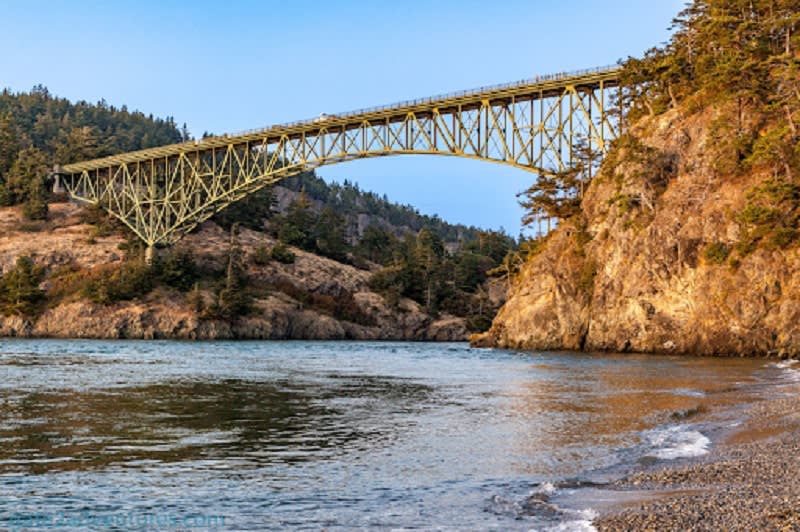
Deception Pass Bridge
Deception Pass State Park bridges the gap between Whidbey Island and Fidalgo Island. This expansive 4,134-acre park features miles of saltwater shoreline, three lakes, and 35 miles of trails. The best-known part of the park is Deception Pass Bridge. Revered for its structural integrity and elegant architecture, it fits right into the scenic surroundings of Deception Pass.
Deception Pass Bridge is the most visited state park in Washington, and for good reason — its past ties together the place, people, and park that lures visitors from around the world. This iconic bridge was opened in 1935 and was listed on the National Register of Historic Places in 1982. Up until the bridge’s construction in 1935, Whidbey Island was only accessible by ferry!
Does finding land for sale on Whidbey Island sound appealing to you? Contact real estate agent Mike Konopik today for expert advice and assistance in buying Whidbey Island real estate.
*Header Image Ebey’s Landing National Historical Reserve, Credit: Whidbey and Camano Islands Tourism

